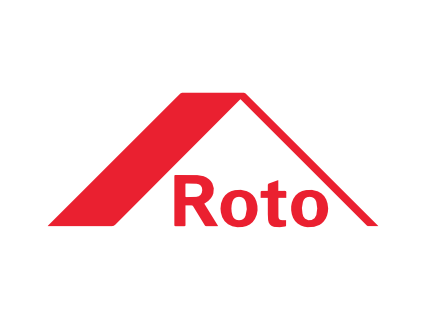
Corner windows are an attractive architectural feature that are gaining popularity in house and flat designs.
What do you need to know if you want to include corner windows in your project? Let’s take a look at the various aspects that are inherent in this window joinery option. Learn about their advantages, potential disadvantages, available options and key installation considerations.
Advantages of corner windows
Corner windows, placed where two external walls converge, are a solution that can significantly improve the quality of life in a room. Such an option, thanks to its design, offers incomparably more interior sunlight – which can be particularly important on cloudy days or in rooms with a low influx of light. Remember that natural light has a positive impact not only on the aesthetics of a space, but also on the well-being of the people in it. Therefore, if you’re considering increasing the amount of it, using corner windows in your design will work great – it really is worth it.
In addition, it should not be forgotten that corner windows allow a wide and often panoramic view of the surroundings. Such a solution is ideal when you want to bring more elements of the natural landscape into the interior, thus increasing the aesthetic and use value of any property.
Improved ventilation is undoubtedly another advantage. Corner windows, especially opening ones, allow for better airflow. This is an invaluable feature that increases the functionality of corner windows – especially in warmer months or in rooms where more moisture accumulates, such as the kitchen or bathroom. Efficient air exchange helps to reduce the risk of mould and improve the overall air quality in the home.
Disadvantages of corner windows
Despite the many advantages in favour of installing corner windows, there are also some aspects that can be seen as limitations.
One of the challenges is ensuring adequate insulation. Corner windows have a tendency to create thermal bridges and can therefore promote greater heat loss. As a result, rooms with such windows may require additional heating in winter, resulting in higher maintenance costs.
The issue of privacy is another aspect to consider when making such important design decisions. Corner windows increase the field of view from the interior, but at the same time can reduce intimacy as they offer a wider view inwards for those outside – especially in densely built-up areas.
In addition, installing corner windows can be more complicated and costly than standard solutions. It requires precise alignment with the angles of the building and the use of specialised installation techniques to ensure adequate airtightness and structural strength.
A final issue is the limitation in access to the variety of models and sizes of corner windows. Although the window market offers many options, the choice of corner windows can be less extensive compared to traditional windows. Although more often than not this is not a major problem in practice, it may be the case that for more individual building projects you will need to modify your concept slightly to accommodate the options available.
Types of corner windows
The window market offers many models of corner windows to suit a variety of needs and aesthetic preferences. Choosing the right option depends on a number of factors, including functionality, the architectural style of the building and individual requirements for insulation and security.
- The first type is fixed corner windows, which do not open but provide excellent sunlight and are often chosen for their modern appearance. The lack of opening mechanisms makes this model characterised by better thermal and acoustic insulation. They are ideal for areas where the priority is the view and the maximum introduction of light into the interior, rather than the need for ventilation.
- Another option is corner opening windows, which can be fitted with different types of mechanisms – tilt, tilt and turn, or sliding. These models allow for better air circulation and ease of access.
- Some corner windows may also have additional features – such as integrated blinds or special glazing with increased burglary resistance. This can add an extra layer of security and privacy. It is also worth noting the option of ordering triple-glazed windows, which will offer superior thermal and acoustic insulation.
- The final group are custom-designed corner windows. Such solutions allow for even better adaptation to unique architectural requirements, although they involve higher costs and longer lead times.
Each type has its own advantages and can be used effectively depending on the needs and specifications of a particular project.

Corner window installation
Installing corner windows requires precision and experience. Before installation, it is essential to measure the angles and dimensions of the space accurately to ensure a perfect fit.
Companies specialising in window installation often use advanced techniques to ensure the tightness and stability of the structure. It is also important to use the right insulation materials to minimise the risk of thermal bridges and ensure high energy efficiency.
Remember that improperly installed corner windows can lead to problems with moisture and heat loss, so it is advisable to entrust this work to experienced professionals.




















